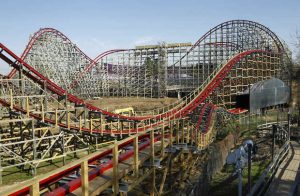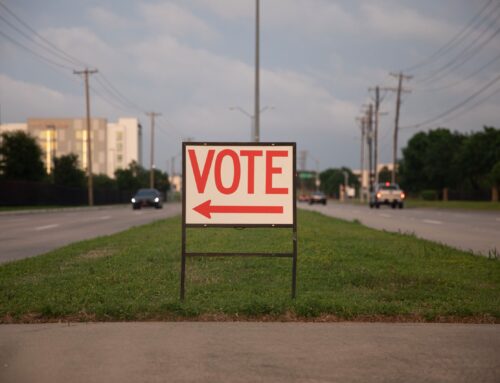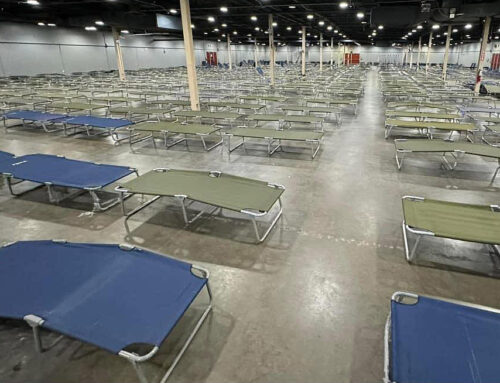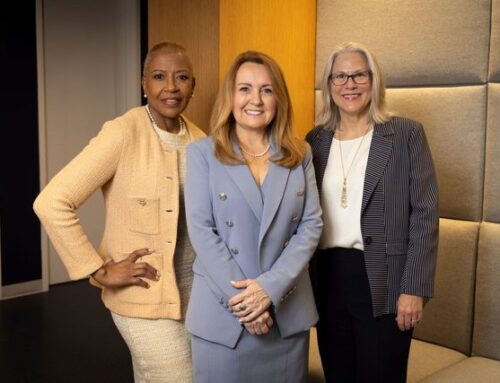 I heard an engineer interviewed over the weekend about the tragic fatal Six Flags accident, and his advice was, to be honest, upsetting.
I heard an engineer interviewed over the weekend about the tragic fatal Six Flags accident, and his advice was, to be honest, upsetting.
You can watch the full CNN interview of William Avery, owner of an event and attraction consulting firm, here. From his company’s website, it’s clear he’s an expert in the field.
What bothered me was my sense that he put the responsibility for checking the safety of the restraint and the ability of the operator on the shoulders of the rider. Ask questions, he said. Go a little further. Take a look at the operator and the condition of the coaster. You can always choose not to ride.
He’s right, of course. If Rosy Esparza had done these things, and done them forcefully, she’d be alive today.
On the other hand, according to witness accounts, Ms. Esparza did speak up to say her restraint didn’t feel right. She’d never been on a roller coaster, her family said. She didn’t know what “secure” felt like. The Six Flags employee told her all was well and sent the train along.
[quote align=”right” color=”#000000″]She’d never been on a roller coaster, her family said. She didn’t know what “secure” felt like.[/quote]How strongly could I/would I push if I thought my restraint seemed a little hinky? On a July day with a long line of park-goers, would I stop everything and force the (resentful?) high-school aged employee to come check me again? To go and find a supervisor? (That would go over well with waiting riders.) After waiting all that time in line, would I have the gumption to get off the ride with all those people watching?
No doubt, Six Flags and the Texas Giant creators are in for years of litigation in court. I hate that. I love Six Flags. No one wanted this to happen. But I picture myself in the place of Ms. Esparza, click-click-clicking my way out of that roller coaster station, thinking…I hope this restraint bar is okay.





